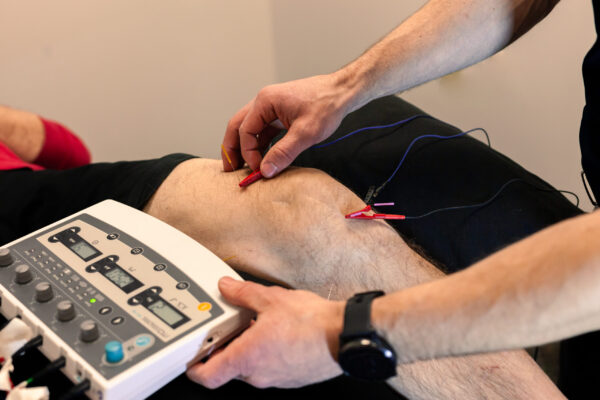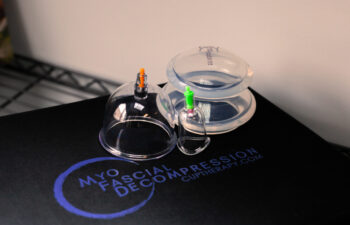What is Dry Needling Physical Therapy?

How it works and the benefits it provides
At Knute Nelson, our home health care services include a wide range of options to reduce pain, increase mobility, and improve quality of life. For patients throughout Alexandria, MN, our options also include dry needling physical therapy. This is a technique where thin needles are inserted into trigger points within the muscle tissue.
Despite its widespread presence in modern medicine, dry needling is unfamiliar territory to many clients. That’s why we interviewed John Amundson, one of our committed physical therapists at Knute Nelson. With a specialty in dry needling, John offers expertise in understanding the benefits of dry needling physical therapy.
"These treatments can help people feel better, have less pain, recover from surgery, get stronger, achieve better balance, or any combination of the above.”
What Is Dry Needling?
On the surface, dry needling may seem to be as simple as injecting thin needles into the skin. This procedure involves the targeted placement of these needles into the tissue.
Here, the goal is to penetrate trigger points, which are areas that may feel stiff, painful, or immobile. From there, the needles stimulate these trigger points and the nerve fibers within them. Dry needling is often confused with acupuncture; the key difference is that dry needling focuses on targeted areas, whereas acupuncture takes a total-body approach.
In the words of John, “Dry needling works by improving circulation, alleviating tension in muscles, and improving joint mobility.”
Who Can Benefit from Dry Needling Physical Therapy?
For patients who have tried other approaches without results, dry needling could make a difference in pain management and mobility. Additionally, patients with arthritis and chronic pain may benefit from dry needling.
In John’s experience, dry needling is beneficial for “arthritic joints that cause inflammation, loss of mobility, and muscle pain.” Many of his clients also experience “lower back and neck pain as well as headaches.”
As a benefit of our home health care at Knute Nelson, these treatments are available without the risk or inconvenience of leaving home.
How Many Dry Needling Treatments Are Necessary?
According to John, “The duration of treatment depends on a lot of variables. Some people only need a couple of treatments while others may decide that weekly treatments for six weeks or more are best.” Some patients will notice immediate results while others may notice changes after a few hours or days.
Dry needling can also be performed with other treatments, such as cortisone injections or cupping therapy. Cupping therapy works by placing a vacuum cup over the skin to increase blood flow and relieve tension.

Getting Started with Home Health Care
Whether for yourself or a loved one, home health care brings quality care to the comfort of home. From chronic conditions, surgical recoveries, pain management and beyond, we invite you to explore the many benefits of our in-home therapy.
By taking our home health care assessment, you can determine if our services are the right fit for you. You can also give us a call at 1(844) 930-3775 when the time is right.
More about John Amundson
John is a Doctor of Physical Therapy, holding degrees from the University of Mary in Bismarck, ND, in both Exercise Science and Physical Therapy. With over a decade of experience in outpatient orthopedics and home health care, he is driven by a passion to alleviate pain and restore health and happiness. John’s expertise includes certification in Dry Needling and Manual Therapy training.
Outside of work, John enjoys various outdoor activities including boating, snowmobiling, and hunting with his Labrador retriever. He also enjoys weightlifting, relaxing in the hot tub, and spending quality time with his family and friends.
Published March 12th, 2024

